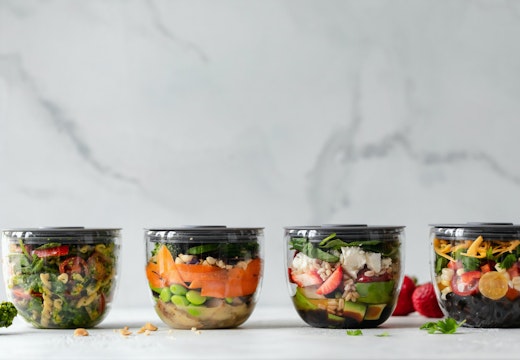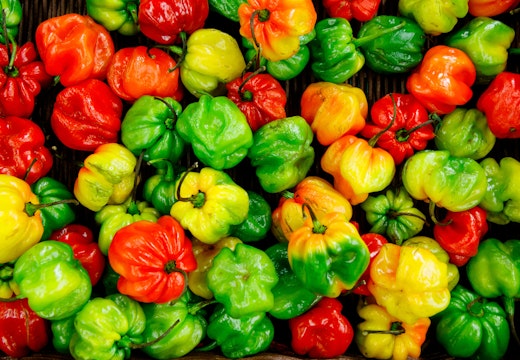Meal for one: how the pandemic has changed how we consume food
From a cohesive social experience to an individual activity, how has the pandemic changed our view on how and where we eat? And how can the industry respond?
There is a wealth of evidence that proves the act of eating together and sharing food is a socially bonding experience. In the context of the workplace, socialising with colleagues would often happen in the kitchen or food hall area. These social interactions are critical to building a cohesive and collaborative workforce, but the pandemic has turned this way of thinking on its head.
Research presented in a new Aramark report, Five ways the coronavirus changed the way businesses, educational institutions and healthcare facilities serve food, shows that people’s attitudes to how they want to consume food has shifted, and with this the food industry has to shift too.
‘People now prefer to buy individual portions of food, rather than from a bulk dish…’
In outlining the latest research on food consumer preferences, the report suggests that people now prefer to buy individual portions of food, rather than from a bulk dish. This means that portion sizes will change from collective dishes to individual and family-sized meals. The pandemic has forced people to re-evaluate what they share with others, and food is not one of them.
The research also indicates that people are more comfortable eating hot cooked foods, over cold meals now. Despite, the virus not being able to be transmitted through food, many people feel more comfortable eating food that has been cooked. They also feel safer eating foods from their own kitchen rather than from a restaurant.
In light of this new research, Aramark’s report shows that if organisations can be adaptable, innovative and dynamic in their response to these changes around food consumption, there is a real opportunity to still thrive under new circumstances.








